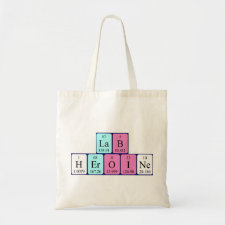
Authors: Sellergren B
Article Title: Noncovalent molecular imprinting: Antibody-like molecular recognition in polymeric network materials.
Publication date: 1997
Journal: TrAC Trends in Analytical Chemistry
Volume: 16
Issue: (6)
Page numbers: 310-320.
DOI: 10.1016/S0165-9936(97)00027-7
Abstract: Molecular imprinting techniques allow the preparation of polymeric receptors which bind small molecules with affinities and selectivities of the same order as those observed in the binding of antigens by antibodies. The molecular imprinting technology has now reached a stage where the commercial use of imprinted materials is being assessed, notably for separations requiring strong and selective binding of small molecules. This development is driven by the potential advantages of polymeric receptors over biological in terms of stability, capacity, cost and ease of preparation. In this short review the state of the art of noncovalent imprinting is summarised indicating a few areas in analytical chemistry where the technique may have future impact



Join the Society for Molecular Imprinting

New items RSS feed
Sign-up for e-mail updates:
Choose between receiving an occasional newsletter or more frequent e-mail alerts.
Click here to go to the sign-up page.
Is your name elemental or peptidic? Enter your name and find out by clicking either of the buttons below!
Other products you may like:
 MIPdatabase
MIPdatabase









